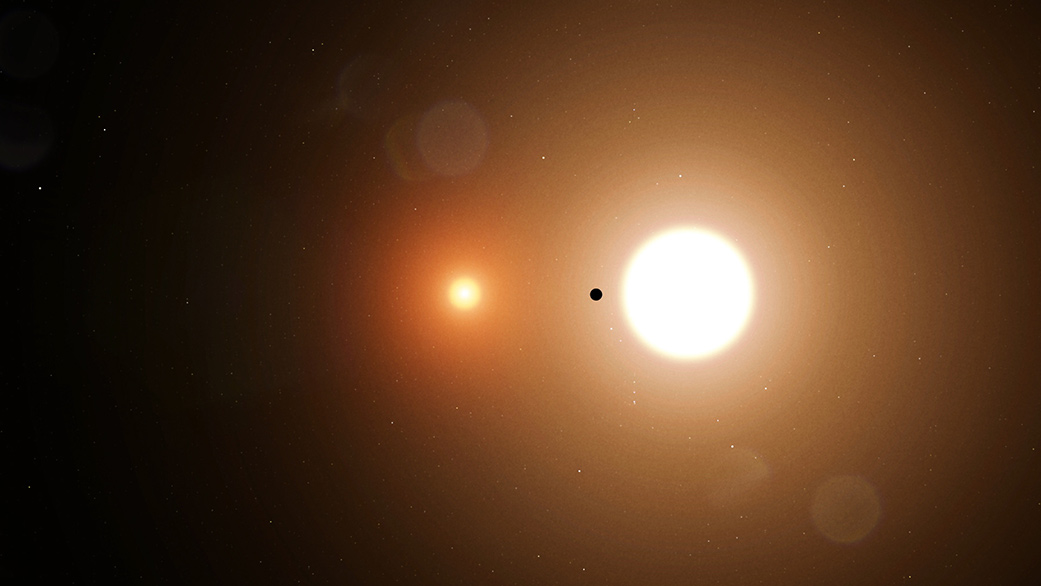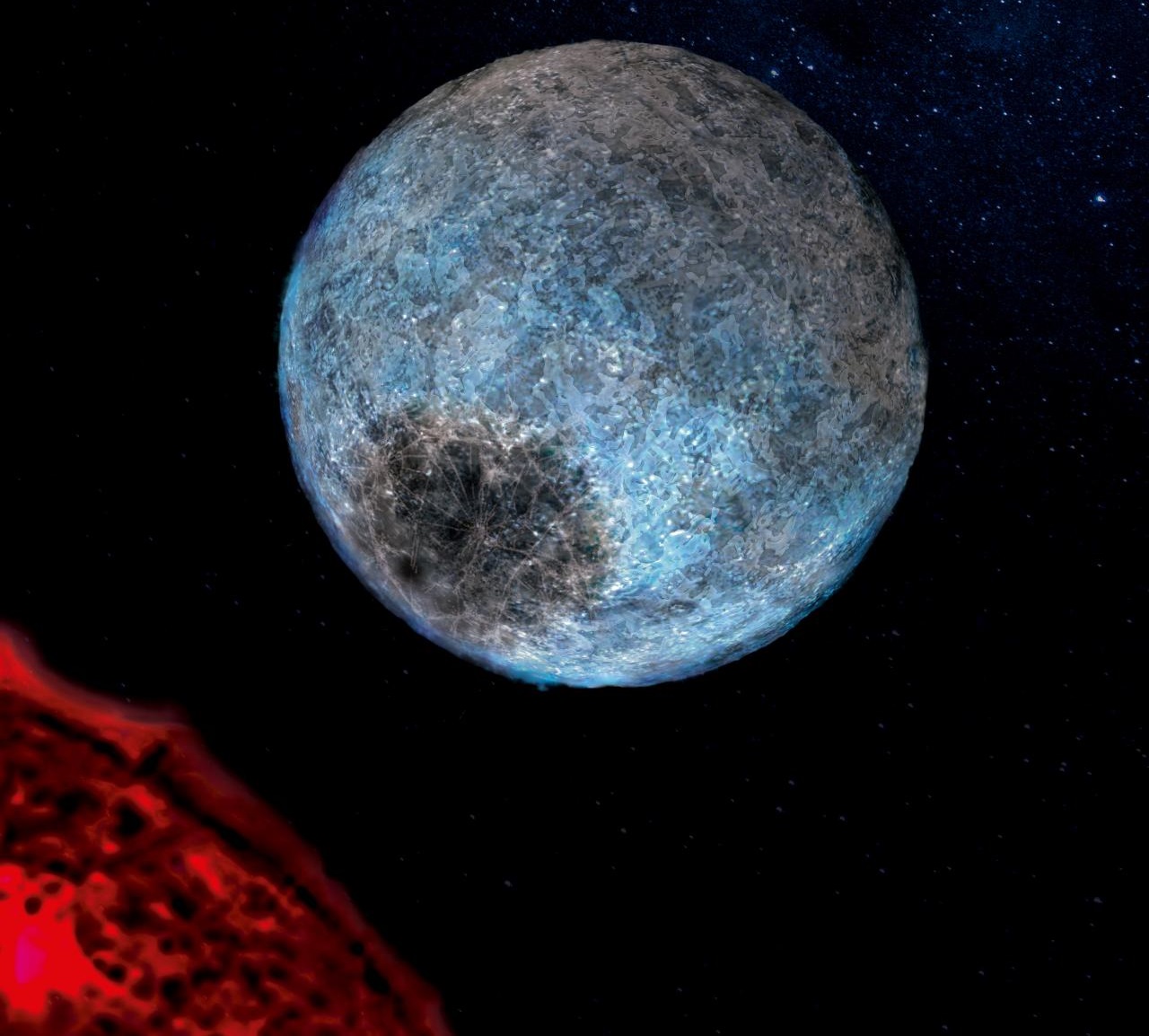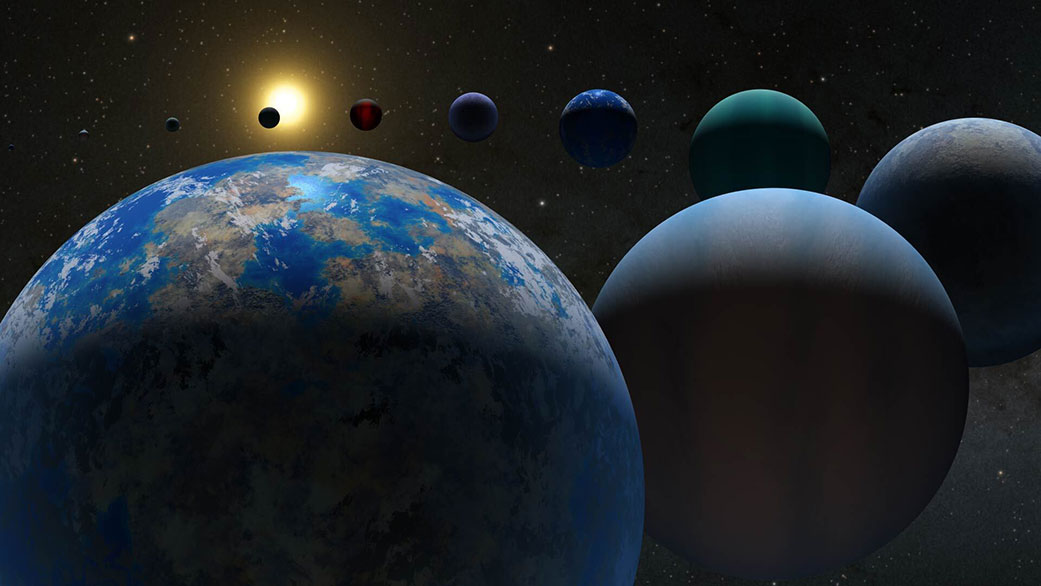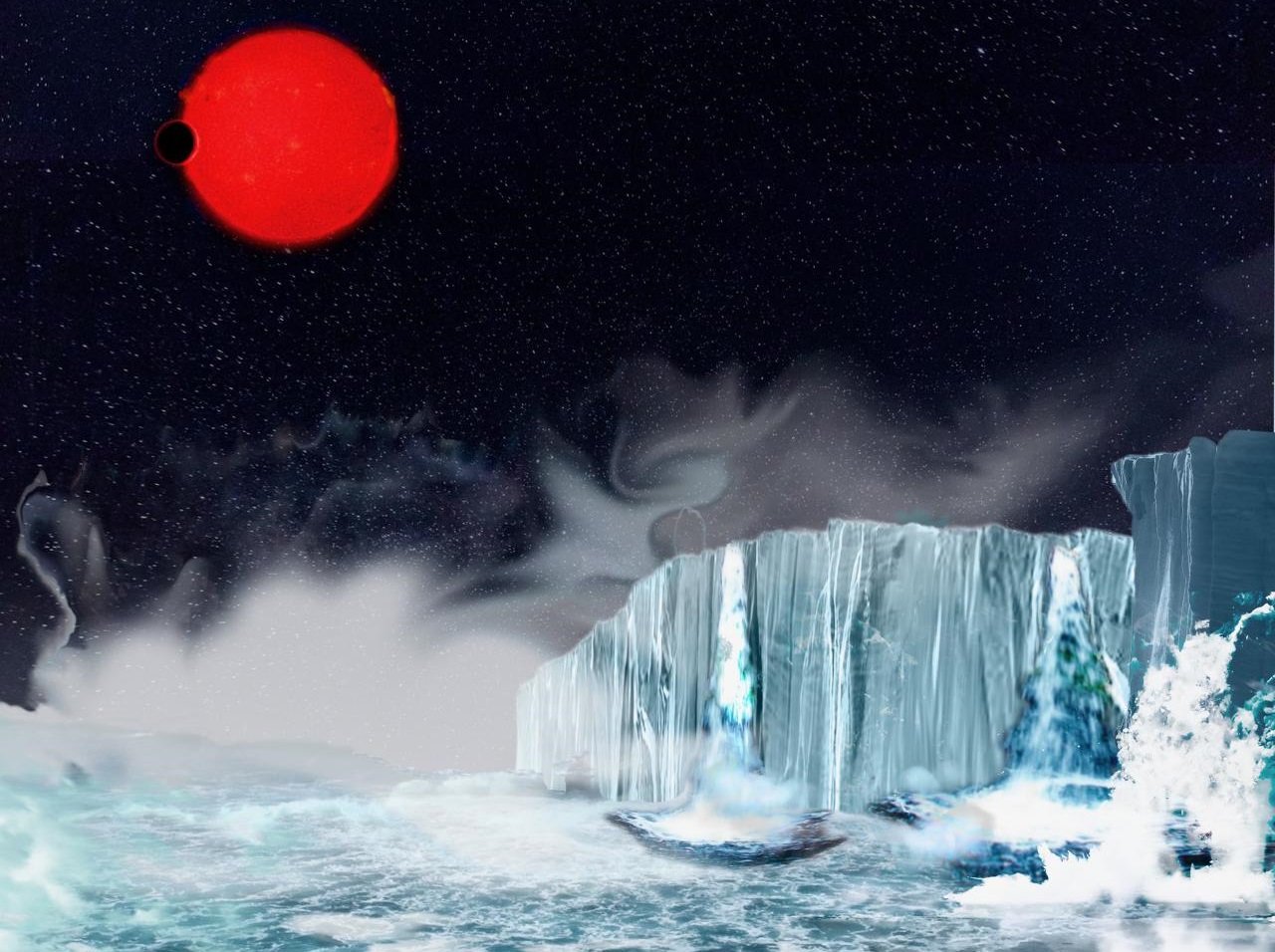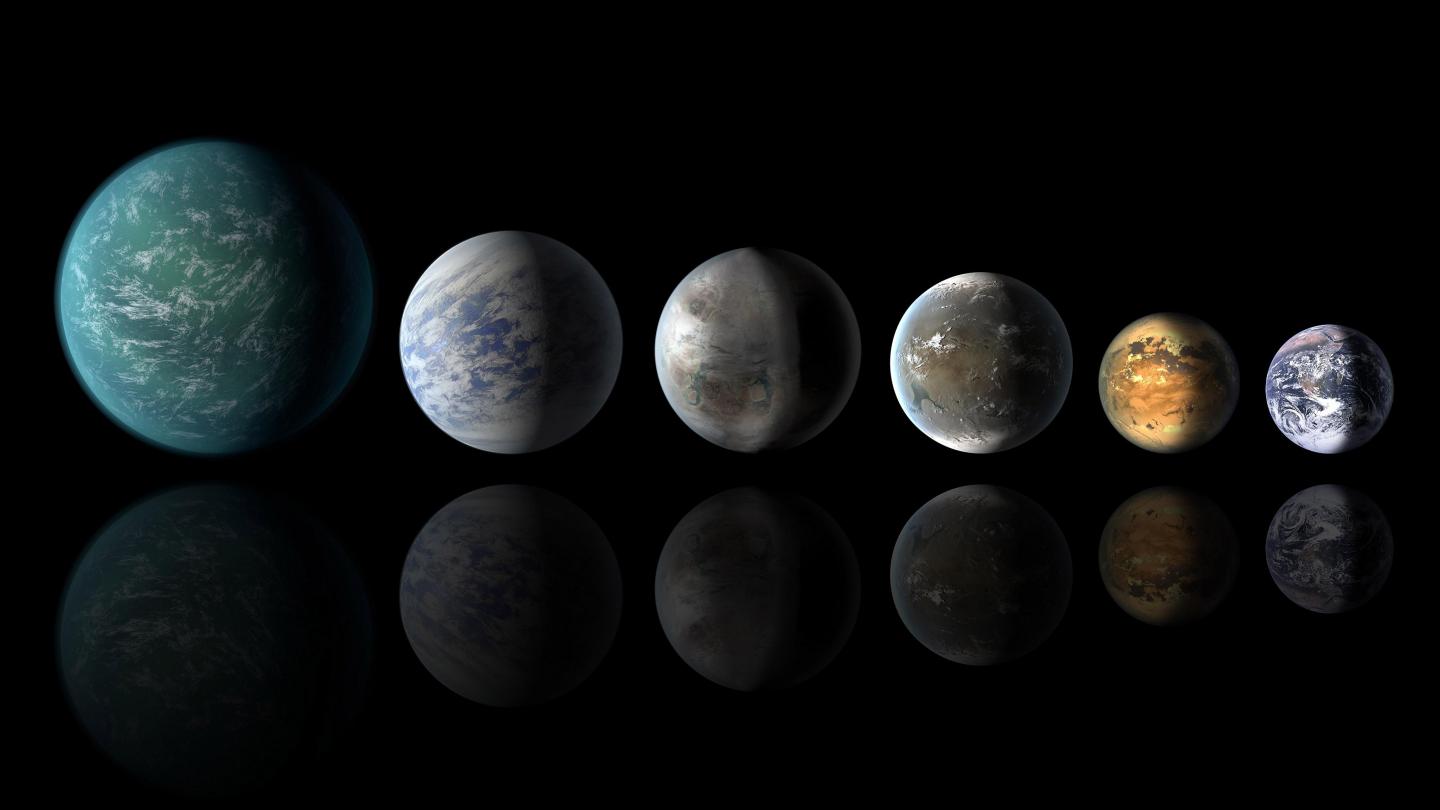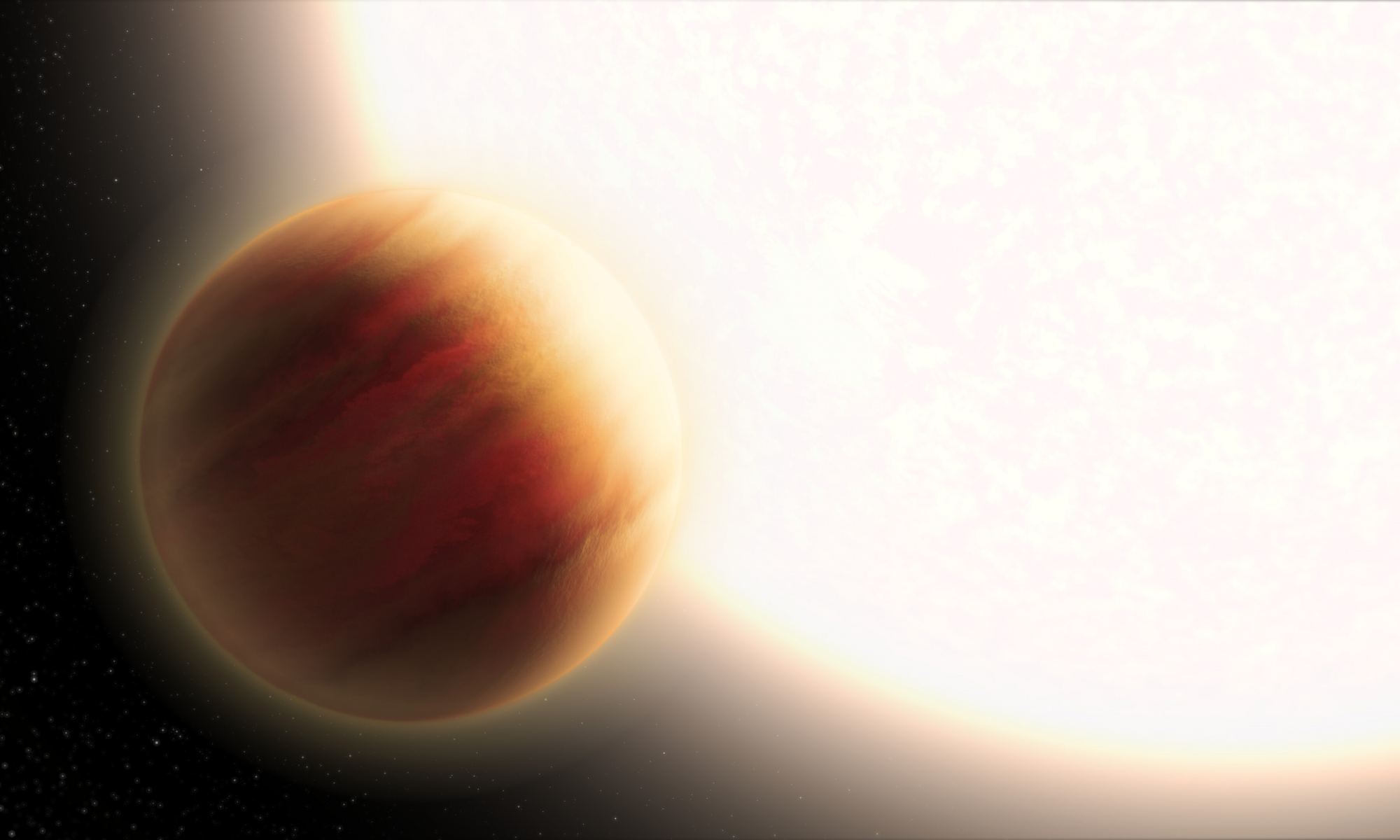The Five-hundred-meter Aperture Spherical Telescope (FAST), located in China, is currently the world’s largest and most sophisticated radio observatory. While its primary purpose is to conduct large-scale neutral hydrogen surveys (the most common element in the Universe), study pulsars, and detect Fast Radio Bursts (FRBs), scientists have planned to use the array in the Search for Extraterrestrial Intelligence (SETI). Integral to this field of study is the search for technosignatures, signs of technological activity that indicate the presence of an advanced civilization.
While many potential technosignatures have been proposed since the first surveys began in the 1960s, radio transmissions are still considered the most likely and remain the most studied. In a recent survey, an international team of SETI researchers conducted a targeted search of 33 exoplanet systems using a new method they call the “MBCM blind search mode.” While the team detected two “special signals” using this mode, they dismissed the idea that they were transmissions from an advanced species. Nevertheless, their survey demonstrated the effectiveness of this new blind mode and could lead to plausible candidate signals in the future.
Continue reading “The World's Largest Radio Telescope Just Scanned 33 Exoplanets for a Signal From Aliens”


